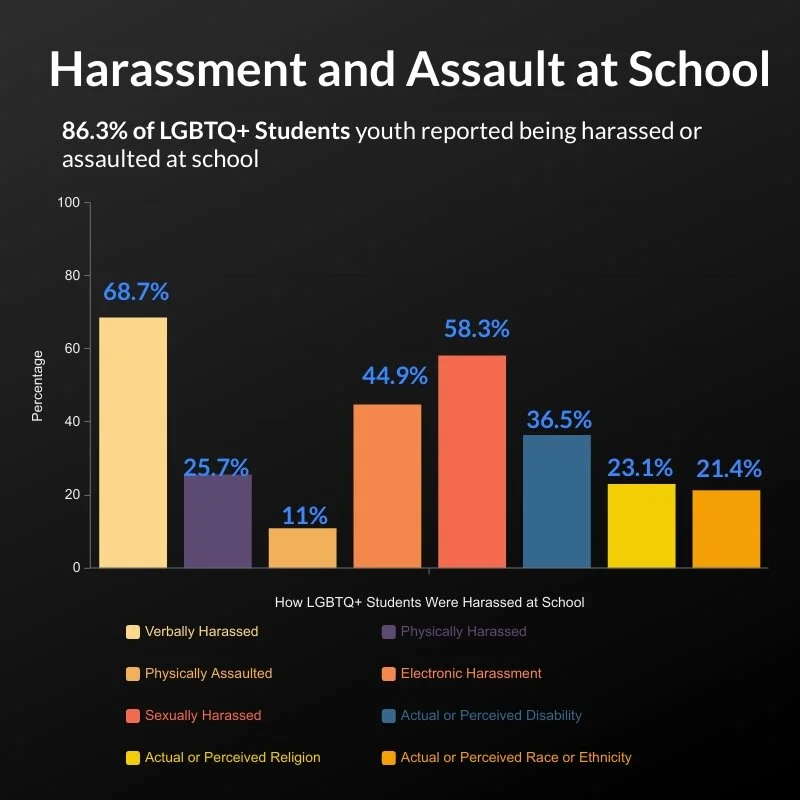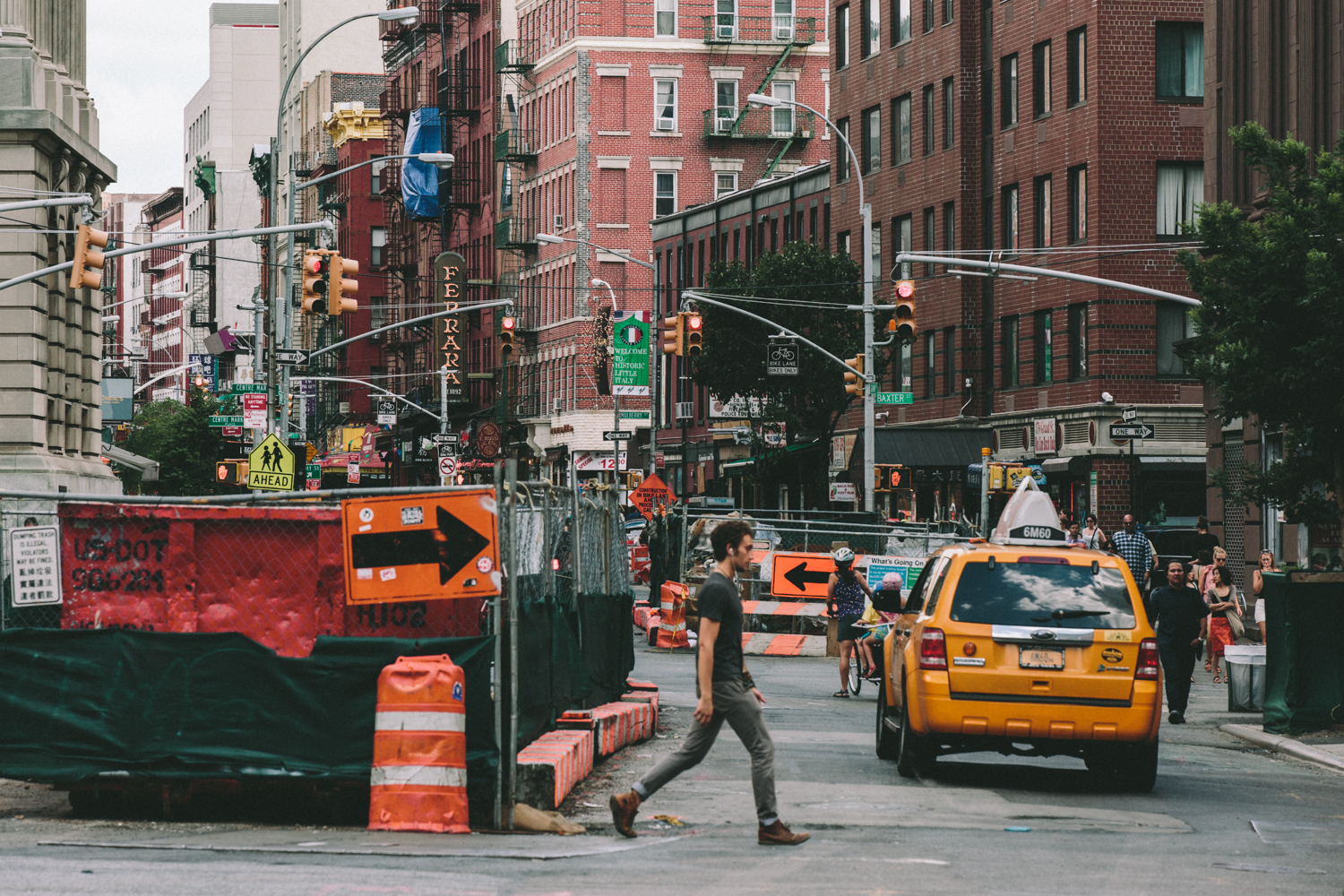Senioritis
One of the major revenue streams and aspects of social life in the U.S. that has been shut down nationally as the result of COVID-19 has been the world of sports. The NBA, MLB and NHL are three major organizations that have had to curtail their seasons indefinitely. Across the nation, college athletes who participate during the spring semester have had their schedules cut short. This was the last opportunity for some of these players to participate in the game they love.
In response, the Division I Council voted to extend the eligibility by a year for student-athletes who have been affected. They have also adjusted financial aid rules to take on more members on their teams. As a result of the ruling, seniors have been plagued with a tough decision: Come back for an extra year and be able to partake in a final season or to take the next step in their respective lives. Some don’t have the liberty to make a decision and will have these crazy circumstances be their lasting memory on closing out their athletic career.
Across the country, fields remain empty where they were once filled with excitement
At SUNY New Paltz, there’s a myriad of spring semester athletes that have had to face this situation head on. The teams that have been victim to the current climate are women’s tennis, equestrian, softball, baseball, women’s and men’s lacrosse. From those teams there are 117 players and from those 117, 22 are seniors. While that may not seem like a significant amount, 22 individuals are stuck in an uncertain circumstance. Matt Warshaw, a senior baseball player is amongst those 22.
The senior had everything to prove coming into his last season. He always felt that his height had made his journey even harder. Constantly being overlooked and having to put in the extra work. Hands aching sore with every passing rep in the batting cage. Washaw doesn’t focus on that pain but rather the next ball coming his way, putting that fully recovered hamstring to good use. If he’s not swinging the bat, he’s in the gym, steadily pushing his limits with each workout, exerting all 5’4” and 155 pounds on a daily basis. Others considered him to be the hardest worker on the team and it’s clear why.
“Whatever the situation was, it didn’t matter. He was going to outwork everyone even if it didn’t pan out for him” said Bobby Ramsey, junior relief pitcher for the Hawks.
Warshaw has a deep passion for baseball and said what he loves especially is the “quiet intensity.” He goes on to elaborate, “It’s hard to put into words, but a game can go from being silent to so loud and intense. I also liked playing baseball because it made it feel like I was living in the moment.”
His love for the game has translated into a potential career path for Warshaw. He plans on starting a baseball recruiting business called Allsportsproductions in the near future. He plans on recording and editing highlight tapes for high school athletes to send out to colleges. “I plan on starting with baseball and softball then hopefully expand to other sports.” Warshaw has also gathered former collegiate players and coaches to offer hitting lessons and pitching lessons for the company. “It's been a lot of work to set it up and try to network but I'm excited.”
Warshaw, back leg bent, hands diving down, preparing to meet the ball with the barrel of the bat.
Warshaw has been on the team since 2016 and in his time there he’s made plenty of great memories. His favorite was “When we won our first playoff game in 17 years against SUNY Brockport. We came back to win the game in the bottom of the 11th inning in an elimination game.” He smiles and continues, “It was absolutely crazy.”
Unfortunately the 2019 season wasn’t the best for the Hawks, finishing 13-19 overall and a 5-13 record within their conference but still managed to make playoffs. Despite the underwhelming performance, Warshaw kept high hopes for 2020. “My expectations for the season were to return to the playoffs and play for a conference title. I also wanted to help the younger guys get experience.”
Bad news came for all athletes in the form of a pandemic but nothing was finalized or even put forward concretely, so for many players the thought of not having a season was pushed to the backs of their minds. “I heard rumors but I never thought it would be true,” said Warshaw. He continues to describe the scene after receiving the news, “There wasn’t a dry eye in the room, it was just a terrible feeling for all of the players and coaches. We were a really tight knit group, a family, so it was really hard for all of us to deal with.”
Ramsey in his windup, staring down his opponent as he prepares to keep the batter guessing and deliver his pitch
The junior relief pitcher Ramsey, a member of that “tight knit group,” has plans to take advantage of his extra year of eligibility at New Paltz where he will begin his master's program next spring. He admits that while he’s frustrated about the season he knows it pales in comparison to what the seniors are enduring and specifically sympathizes with Warshaw. “I thought he was going to have a huge year. He never really got a fair chance because our best players were always in the outfield. If he played a different position all these years he would’ve probably started and been a solid lefty hitter.”
“I thought that he had an opportunity to be a real impact player. He finally gets his chance, plays four games and then that’s it, his season’s over.” Ramsey continues talking about Warshaw, “He even got the first hit of the year for us.”
“I wanted to go out on my own terms” is a common phrase for an athlete at any level that is ending their career. Players like Warshaw don’t have the luxury of uttering this phrase. It wouldn’t be unfair for someone in this position to become bitter because of this experience. Even though the wounds are still fresh, he tries to maintain an optimistic outlook on the circumstances. “I think about it a lot and it really is upsetting to deal with. I still look back on the last four years with pride and happiness that I was blessed to have such great teammates and coaches. It sadly happened and I lost baseball and many other things, but I have been staying positive and thankful that I had my time here at New Paltz.”
“I think about it a lot and it really is upsetting to deal with. I still look back on the last four years with pride and happiness that I was blessed to have such great teammates and coaches. It sadly happened and I lost baseball and many other things, but I have been staying positive and thankful that I had my time here at New Paltz.”


































































































